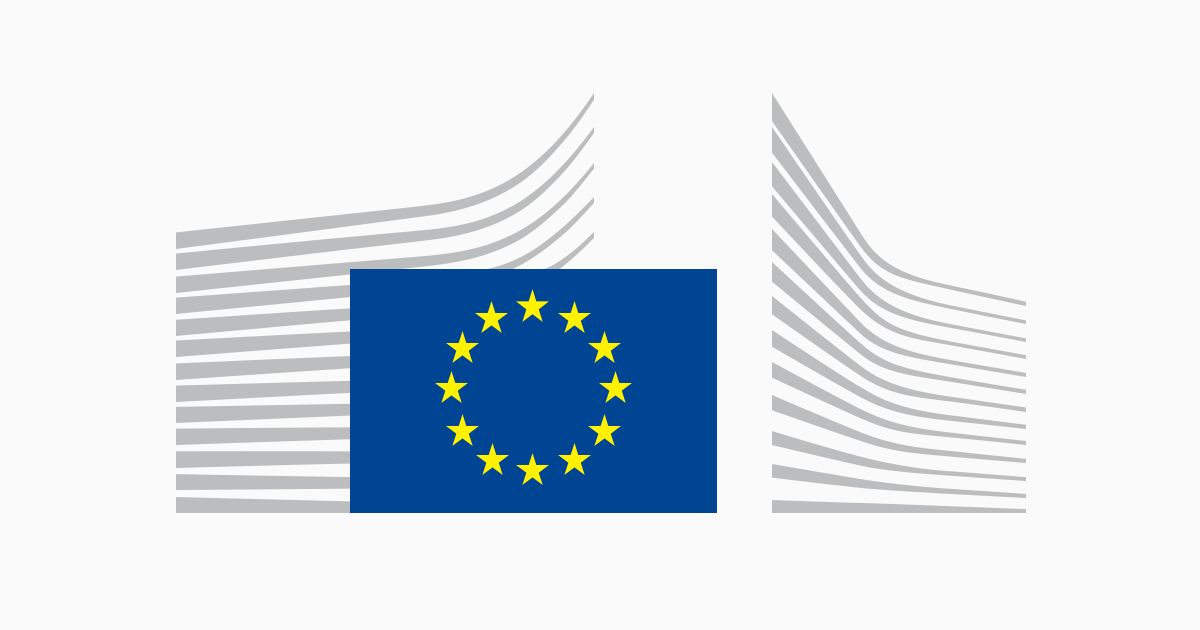PGE Polska Grupa Energetyczna S.A. (PGE) has adopted a comprehensive strategy aimed at transforming the company’s operations and expanding its renewable energy portfolio by 2035. Announced on June 12, 2025, the strategy, titled “Energy for a Safe Future,” outlines a significant investment plan totaling PLN 235 billion over the next decade.
The strategy is structured around three key pillars: ensuring energy security, enhancing the competitiveness of the Polish economy, and creating value for shareholders while respecting ESG principles.
1. **Energy Security**: The first pillar focuses on maintaining system stability and ensuring uninterrupted energy supplies. PGE aims to invest in smart grid infrastructure, modern generation sources, and energy storage facilities. This will help address market volatility and ensure reliable energy delivery.
2. **Economic Competitiveness**: PGE’s strategy includes a commitment to lower electricity costs through investments in renewable energy sources (RES) and innovative customer collaboration models. The company plans to increase local content in its projects, which is expected to boost the Polish economy by creating jobs and supporting local supply chains.
3. **Shareholder Value Creation**: PGE emphasizes building value for shareholders while maintaining respectful relationships with employees and local communities. The strategy aims to achieve a balanced approach to profitability and sustainability.
PGE projects that its operating profit structure will shift significantly to include a larger share from flexible gas capacities and energy storage alongside regulated segments and RES. EBITDA is expected to rise from PLN 11 billion in 2024 to PLN 30 billion by 2035.
The investment plan allocates PLN 175 billion for development and maintenance, PLN 39 billion for acquisitions, and PLN 21 billion for additional investment opportunities. Of this, 39% will fund tariff-based projects, 22% will support offshore wind farms, and 39% will back investments driven by alternative support mechanisms that could yield additional profitability.
Specific allocations within the investment program include: – PLN 75 billion for distribution development, aiming to increase connection capacities for new RES by 11 GW and improve service reliability by reducing the System Average Interruption Duration Index (SAIDI) by 30% by 2024. – PLN 85 billion for expanding onshore and offshore renewable energy capacity to over 9 GW, with anticipated annual energy sales from RES reaching 28 TWh and an EBITDA of over PLN 10 billion. – PLN 37 billion for constructing up to 10 GW of flexible, low-emission gas-fired power plants, with plans to commission 5.1 GW by 2030. – PLN 14 billion for energy storage, targeting 18 GWh of capacity to capture approximately 60% of the market share. – PLN 18 billion for district heating, intending to reduce CO2 emissions by 60% compared to 2021 levels.
PGE’s management highlights that these investments will enhance the company’s risk profile and improve its investment-grade rating, facilitating effective use of external financing. The expected net debt to EBITDA ratio should enable compliance with existing financing covenants.
A return to regular dividend payments is projected once the company achieves consistent net profits, positive free cash flows for at least two years, and maintains its investment-grade rating.
PGE aims to establish leadership in eight strategic areas, including reliable distribution, renewable energy expansion, flexible gas capacities, energy storage, clean district heating, responsible transformation of coal assets, business partnership offerings, and high-quality customer service.
This strategy marks a significant shift in PGE’s approach to renewable energy and positioning in the market, focusing on sustainable growth and operational flexibility to meet the evolving energy landscape in Poland. PGE plans to publish the complete strategy document on its website.



